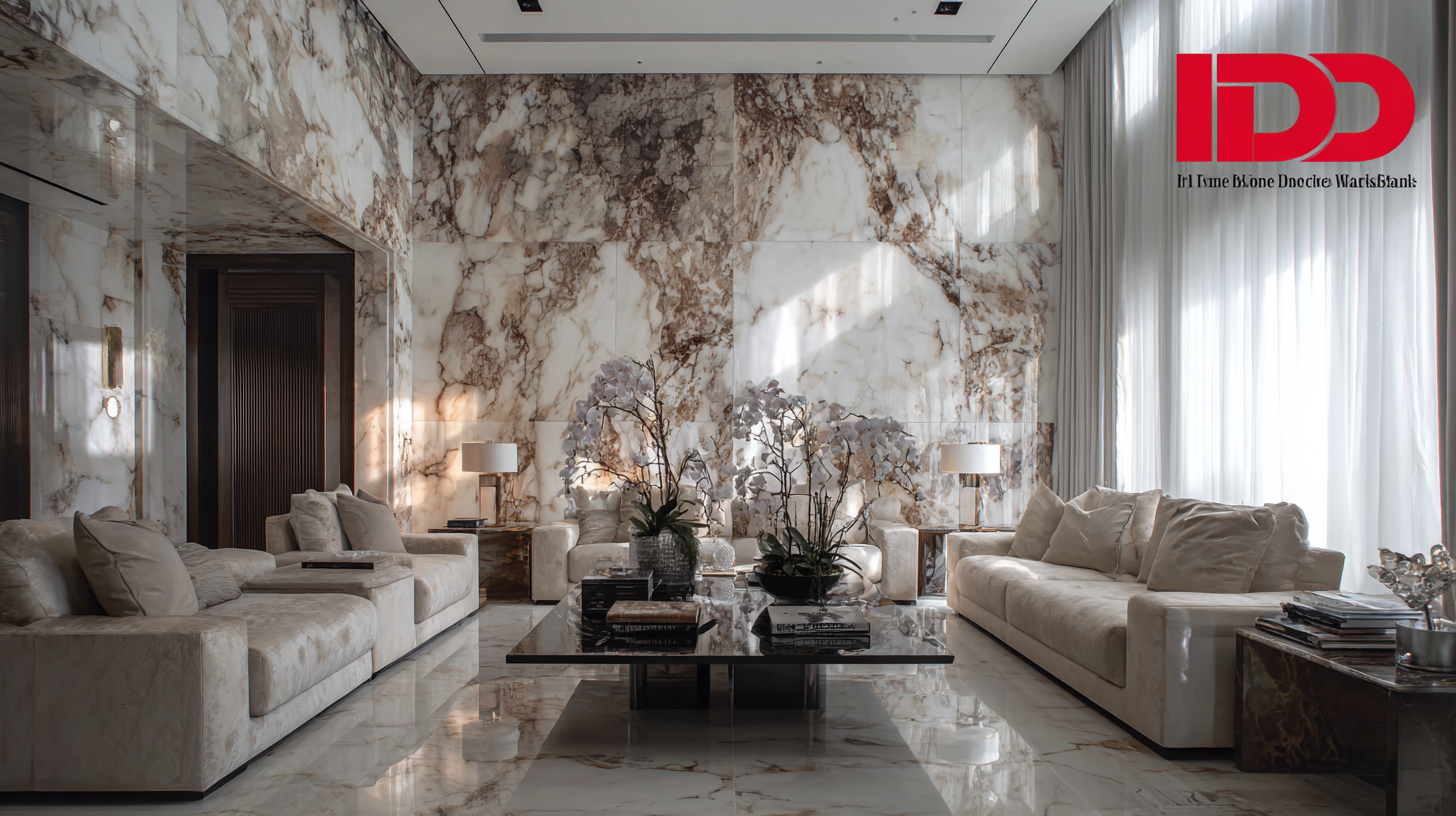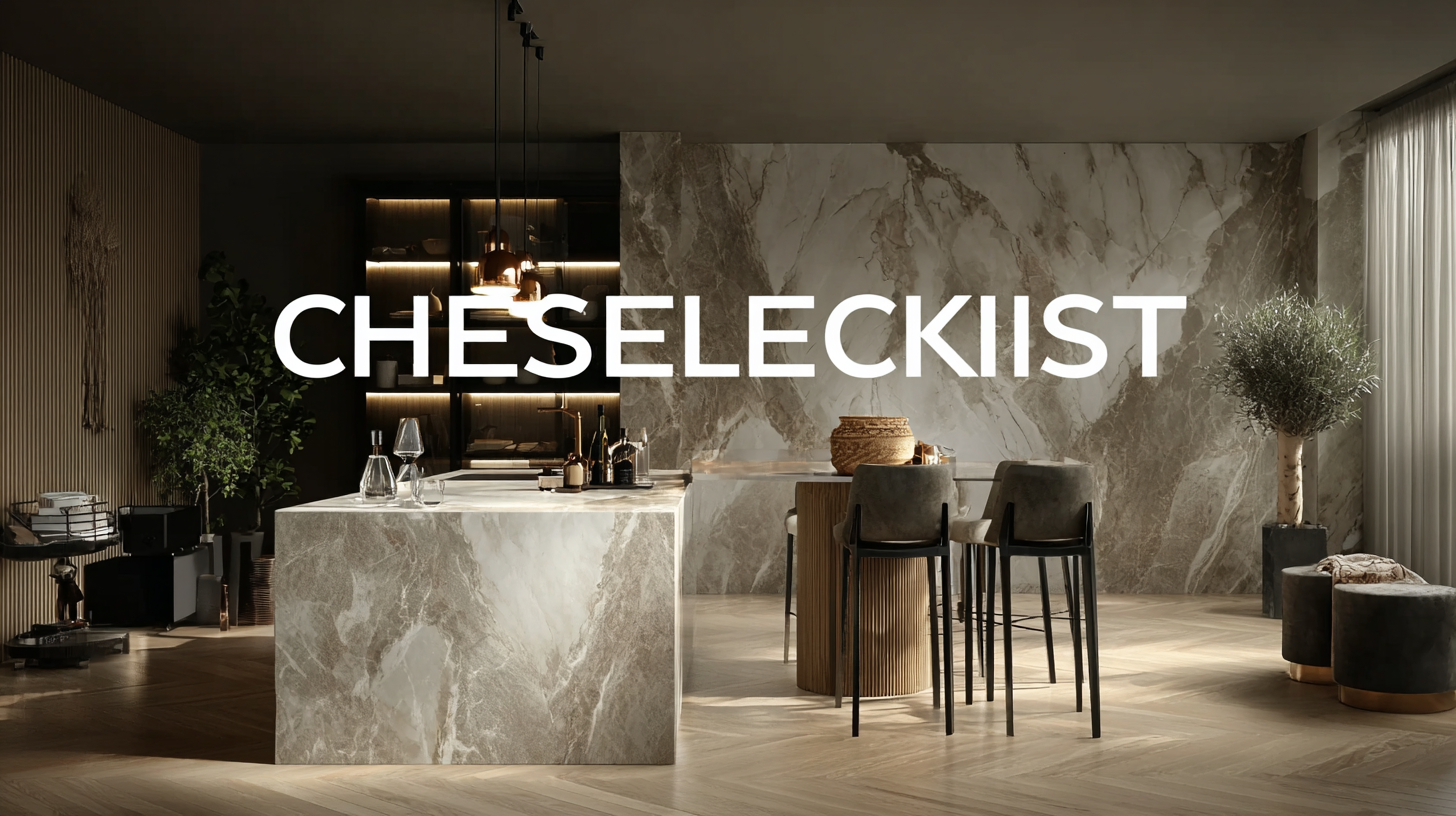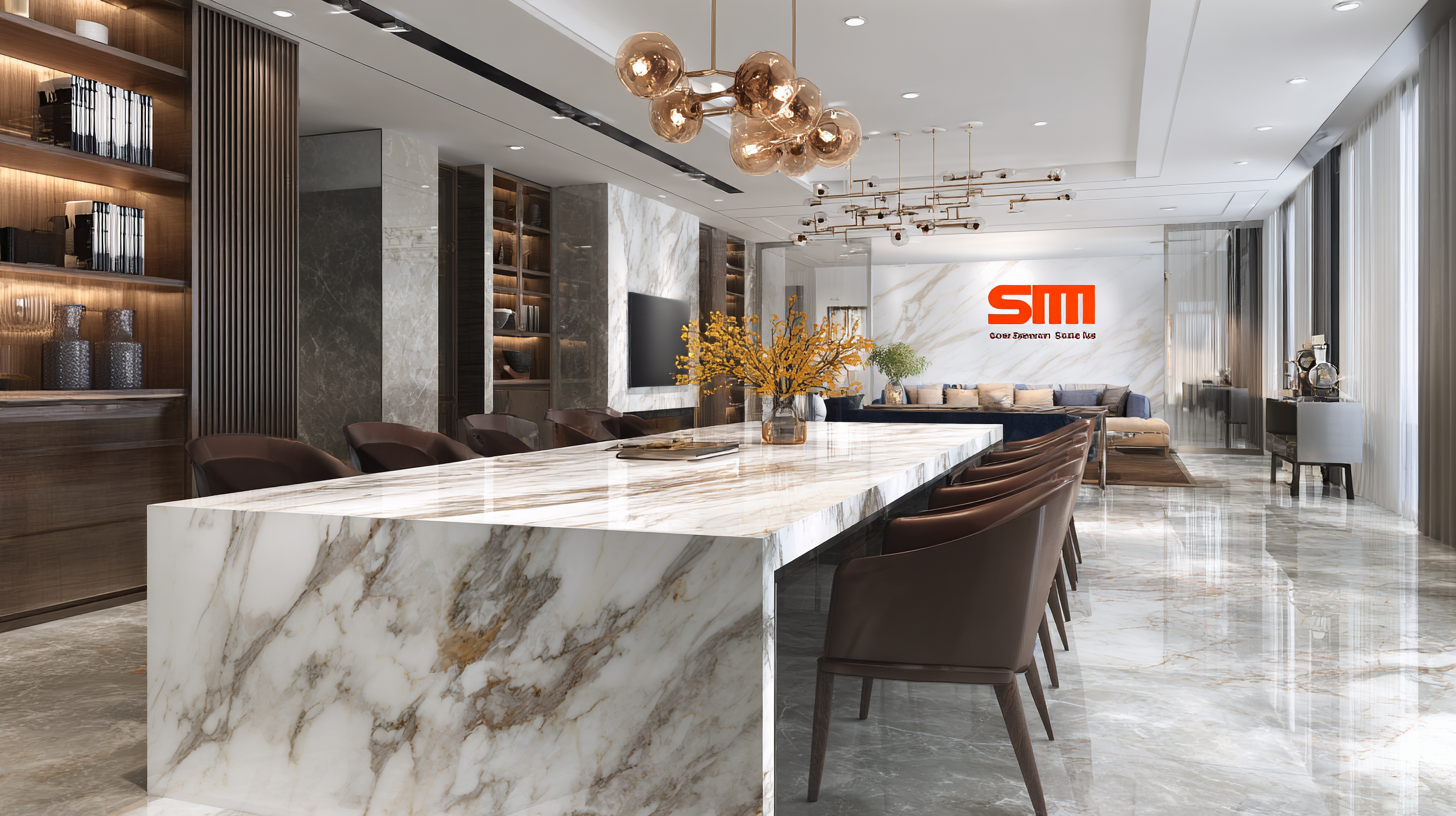
- English
- Español
- Português
- русский
- Français
- 日本語
- Deutsch
- tiếng Việt
- Italiano
- Nederlands
- ภาษาไทย
- Polski
- 한국어
- Svenska
- magyar
- Malay
- বাংলা ভাষার
- Dansk
- Suomi
- हिन्दी
- Pilipino
- Türkçe
- Gaeilge
- العربية
- Indonesia
- Norsk
- تمل
- český
- ελληνικά
- український
- Javanese
- فارسی
- தமிழ்
- తెలుగు
- नेपाली
- Burmese
- български
- ລາວ
- Latine
- Қазақша
- Euskal
- Azərbaycan
- Slovenský jazyk
- Македонски
- Lietuvos
- Eesti Keel
- Română
- Slovenski

Essential Checklist for Sourcing the Best Home Decoration Sintered Stone in Global Markets
In the ever-evolving world of home decoration, choosing the right materials can significantly impact both aesthetics and functionality. One material that has been gaining traction is Home Decoration Sintered Stone, celebrated for its durability, versatility, and aesthetic appeal. However, sourcing high-quality sintered stone requires careful consideration and strategy, especially in a global market filled with numerous suppliers. This blog will provide an essential checklist for identifying the best suppliers of Home Decoration Sintered Stone, coupled with top strategies for fruitful partnerships. From ensuring quality standards to understanding market trends, our guide aims to equip you with the necessary tools to navigate the complexities of sourcing, ultimately helping you achieve your home decor vision while making informed decisions.

Understanding Sintered Stone and Its Unique Properties for Home Decor
Sintered stone has emerged as a leading choice for home decoration, offering a plethora of unique properties that enhance both aesthetics and functionality. According to a report by IBISWorld, the global sintered stone market was valued at approximately $600 million in 2022 and is projected to grow at a CAGR of 8.5% through 2028. This growth is attributed to the material’s durability, versatility, and resistance to heat and stains, making it ideal for surfaces like countertops, flooring, and wall cladding.
One of the standout characteristics of sintered stone is its non-porous nature, which significantly reduces the risk of bacterial growth and stains. A study by Grand View Research highlights that consumers increasingly prioritize hygiene and maintenance ease in their home decor choices, further bolstering the demand for sintered stone. Additionally, its ability to mimic natural materials such as marble and granite, without the associated maintenance hassles, appeals to homeowners and designers alike. As you source sintered stone for home decor projects, understanding these properties and market trends can greatly influence your purchasing decisions.
Key Benefits of Sintered Stone for Residential Spaces: Durability and Aesthetics
Sintered stone has emerged as a transformative material for home decoration, combining exceptional durability with sophisticated aesthetics. According to a report from Research and Markets, the global sintered stone market is expected to witness a compound annual growth rate (CAGR) of 16.8% from 2022 to 2027, underscoring its increasing popularity among homeowners and designers alike. This surge is largely attributed to the material's remarkable resistance to scratches, heat, and stains, making it ideal for high-traffic areas such as kitchens and living rooms.
Additionally, sintered stone offers unparalleled design versatility. Available in an extensive range of colors, finishes, and sizes, it allows homeowners to achieve a sleek, modern look tailored to their individual style. A survey by Statista indicates that 72% of consumers prioritize aesthetics and functionality when selecting materials for home improvement projects. The inherent beauty of sintered stone, coupled with its practicality, meets both criteria, positioning it as a top choice for residential spaces aiming to balance style and longevity. This alignment of durability and aesthetics not only enhances the value of a home but also ensures that it stands the test of time.
Sourcing Strategies: Finding Quality Sintered Stone Suppliers Worldwide
When sourcing quality sintered stone suppliers worldwide, it's crucial to adopt effective strategies that ensure you partner with reputable manufacturers. Start by conducting thorough research to shortlist suppliers known for their high-quality products. Online platforms, industry forums, and trade shows can provide valuable insights into potential suppliers' reputations and product offerings.
Tips: Engage with suppliers directly to assess their responsiveness and willingness to provide information about their production processes and quality control measures. A reliable supplier should be transparent about their materials and methods.
Furthermore, consider visiting manufacturing facilities if possible. This firsthand experience allows you to evaluate their production standards and capabilities. Take the time to request samples of sintered stone products to assess their durability and aesthetic appeal, ensuring they meet your specific decoration requirements.
Tips: When negotiating prices, don’t hesitate to discuss bulk order discounts and shipping options to maximize your investment. Building a good relationship with your suppliers can lead to better pricing and priority service in future orders.
Comparative Analysis: Sintered Stone vs. Traditional Home Decoration Materials
When considering home decoration, the choice between sintered stone and traditional materials is becoming increasingly important. Sintered stone, known for its durability and versatility, has been gaining traction in interior design. According to a recent report by MarketsandMarkets, the global sintered stone market is expected to reach USD 2.1 billion by 2026, growing at a CAGR of 7.4%. This indicates a shift in consumer preferences as more homeowners recognize the benefits of using sintered stone over conventional options such as ceramic tiles and natural stone.

One of the primary advantages of sintered stone is its resistance to scratches, stains, and heat, making it an ideal choice for kitchens and bathrooms. In contrast, traditional materials often require more maintenance and can be susceptible to damage from heavy use. For example, a survey conducted by the National Association of Home Builders found that 65% of homeowners who chose sintered stone reported lower long-term maintenance costs compared to traditional stone or laminate surfaces.
Tips: When selecting sintered stone, consider factors such as color consistency and size options that align with your design vision. Additionally, be aware of the source and manufacturing process, as some brands may offer eco-friendly options that contribute to sustainable building practices.
Trends in Home Decoration: Why Sintered Stone is Gaining Popularity Globally
In recent years, sintered stone has emerged as a prominent choice in home decoration, captivating homeowners and designers alike with its exceptional versatility and aesthetic appeal. Its unique properties—including ultra-durability, resistance to scratches, and low porosity—make sintered stone an ideal material for various applications, from countertops and flooring to wall cladding and decorative accents. This innovative surface solution is not only functional but also available in an array of colors and textures, allowing for limitless design possibilities that cater to diverse tastes and styles.
The rising trend in the use of sintered stone reflects a broader movement towards sustainable and environmentally friendly materials in home decoration. Many consumers today are more conscious of their ecological footprint and are seeking materials that not only look great but also offer longevity and practicality without harming the environment. Sintered stone, which is produced from natural raw materials and involves minimal waste, stands out as a sustainable option. As a result, its popularity continues to grow, making it a go-to choice for both contemporary and traditional design aesthetics around the globe.
